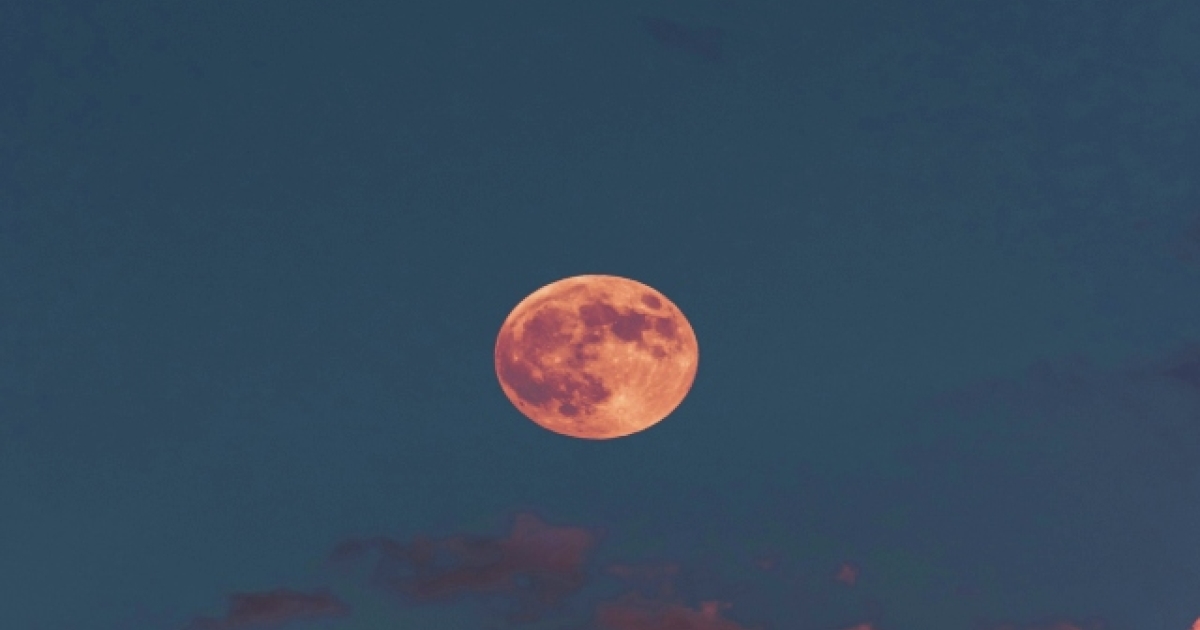
The seismic activities that were monitored on the moon caused its contraction, which prompted more research into this phenomenon.
His magic moon Gained a new dimension with the last one Discoveries And Explorations. In particular, the Moon's South Pole has become the focus of international attention, due to the possible presence of ice, which could be crucial for future lunar missions and settlements. However, a new study funded by NASA It offers a cautionary outlook for this promising region, suggesting that the Moon's gradual shrinkage could have major implications for its habitability and the safety of human activities there.
Growing interest in it Lunar South Pole These activities were greatly enhanced last year after a series of space missions that confirmed the competitive spirit of international space exploration. India's Chandrayaan-3 mission achieved a historic feat by making the first successful soft landing in the region, a feat that came soon after the failed attempt of the Russian Luna-25 spacecraft. In addition, NASA has designated this area for the ambitious Artemis 3 mission, with the aim of returning astronauts to the lunar surface as early as 2026, while China is also planning future housing in the same area.
However, the latest study introduces a new level of complexity for Antarctica moon As a space for future exploration and housing. It reveals that moonBeside LandIt undergoes its own geological processes, albeit on a celestial scale. As the Moon's core continues to cool and contract, its surface responds by wrinkling, like grapes turning into raisins. This process is not just an aesthetic change to the lunar surface, but has tangible and potentially dangerous consequences, including the creation of…Lunar earthquakes» It can last for hours and cause landslides.
these Seismic activities It is not limited to less explored areas of the Moon, but also affects the South Pole, an area of interest because of its supposed reserves of water ice. The realization that this area is sensitive to moonquakes and other geological phenomena presents a major challenge to its development as a safe haven for human settlers and the development of sensitive equipment.
As the international space community continues to set its sights on the Moon, this research serves as a crucial reminder of the importance of understanding the Moon's geological behavior. Emphasizes the need for comprehensive risk assessments and development of strategies to mitigate the effects of seismic activities on future lunar missions

“Total alcohol fanatic. Coffee junkie. Amateur twitter evangelist. Wannabe zombie enthusiast.”





More Stories
Is this what the PS5 Pro will look like? (Image)
Finally, Windows 11 24H2 update significantly boosts AMD Ryzen – Windows 11 performance
Heart Surgeon Reveals The 4 Things He ‘Totally Avoids’ In His Life